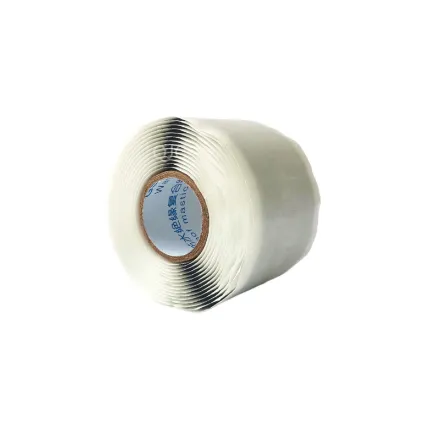The Importance of a Door Bottom Seal Rubber Strip
In both residential and commercial properties, energy efficiency is becoming a crucial consideration for homeowners and business owners alike. One of the often-overlooked yet vital components that contributes significantly to energy savings is the door bottom seal rubber strip. This simple yet effective feature can greatly enhance the comfort and efficiency of any space while serving multiple essential functions.
What is a Door Bottom Seal Rubber Strip?
A door bottom seal rubber strip is a flexible sealing material installed at the bottom of a door to close the gap between the door and the floor. These strips are commonly made of various materials, such as rubber, vinyl, or silicone. They come in various styles and sizes, allowing them to fit most types of doors. The primary goal of these strips is to create a tight seal, preventing drafts, moisture, dust, and pests from entering a room.
Energy Efficiency
One of the most significant benefits of door bottom seal rubber strips is their ability to improve energy efficiency. A poorly sealed door can lead to substantial heat loss during winter months and make cooling systems work harder during the summer. By installing a rubber strip, homeowners can save on energy bills, as the need for heating and air conditioning can be significantly reduced. Studies suggest that sealing gaps around doors can increase energy efficiency by up to 20%, which translates to substantial savings over time.
Noise Reduction
In addition to improving energy efficiency, door bottom seal rubber strips also play a vital role in soundproofing. Noise pollution can be a significant issue in urban environments or busy commercial areas. A sturdy rubber strip can help muffle sounds from outside, creating a quieter, more pleasant indoor environment. This is particularly beneficial in shared living spaces, offices, and environments where concentration is key.
door bottom seal rubber strip

Pest Control
Another critical function of door bottom seal rubber strips is pest prevention. Gaps at the bottom of doors not only allow drafts in but can also serve as entry points for unwanted pests such as insects and rodents. By installing a door bottom seal, you create an effective barrier that can help keep your space free from pests, reducing the need for chemical pest control measures and providing peace of mind.
Moisture and Weather Protection
Moisture infiltration can lead to significant issues such as mold and mildew growth, not to mention the potential for structural damage. Door bottom seal rubber strips provide a protective layer that prevents rainwater and moisture from entering your home or office. This is particularly important in regions that experience heavy rainfall or snow. By ensuring that your doors are well-sealed, you not only protect your property but also enhance the longevity of your flooring and furnishings.
Installation and Maintenance
The installation of a door bottom seal rubber strip is typically straightforward and can be done by most DIY enthusiasts. The process generally involves measuring the width of the door, cutting the strip to size, and attaching it securely with adhesive or screws. Maintenance is minimal—regular cleaning is usually sufficient to keep the strip in good condition. Over time, though, rubber can degrade, so it's essential to check for signs of wear and replace the strip when necessary.
Conclusion
In summary, a door bottom seal rubber strip is an inexpensive yet effective solution for homeowners and business operators looking to enhance energy efficiency, reduce noise, prevent pests, and protect against moisture. Given the numerous benefits these strips offer, it is well worth considering their installation for any door that leads outside or to unconditioned spaces. By taking this simple step, you can create a more comfortable, efficient, and inviting environment in your home or workplace. Investing in a door bottom seal rubber strip is investing in the integrity and comfort of your space.
-
XIANGFAN Rubber Tape-Ultimate Solutions for All Your Insulation NeedsNewsJun.24,2025
-
XIANGFAN Rubber Tape-Protection for Industrial and Residential ApplicationsNewsJun.24,2025
-
XIANGFAN Rubber Tape: Superior Safety and Sealing for Demanding EnvironmentsNewsJun.24,2025
-
XIANGFAN Rubber Tape: Reliable Solutions for Every Electrical ChallengeNewsJun.24,2025
-
XIANGFAN Electrical & Industrial Tape: Powering Reliability Across IndustriesNewsJun.24,2025
-
XIANGFAN Electrical & Industrial Tape: Excellence in Every ApplicationNewsJun.24,2025
